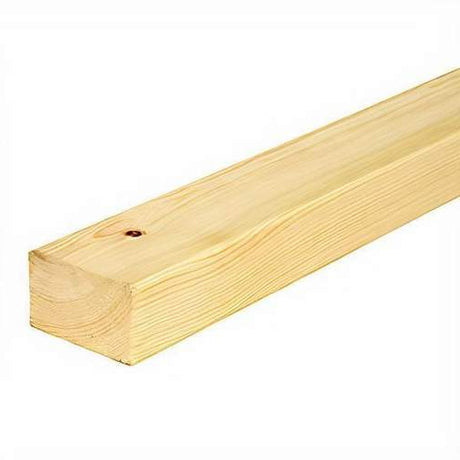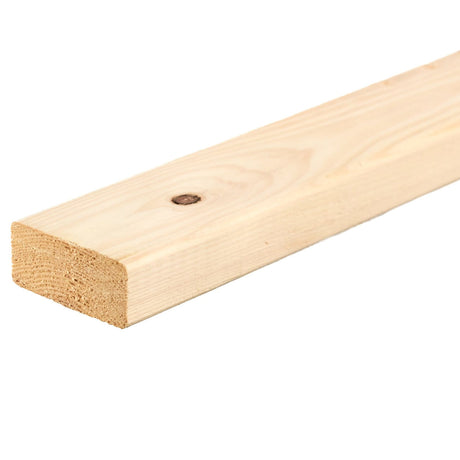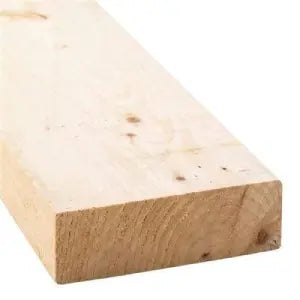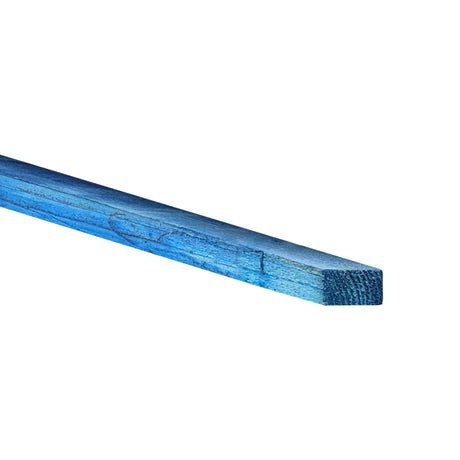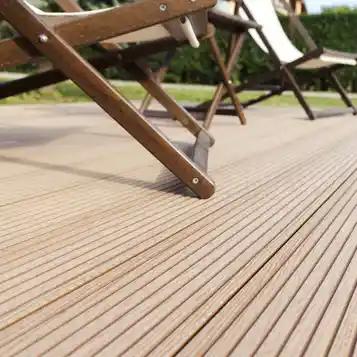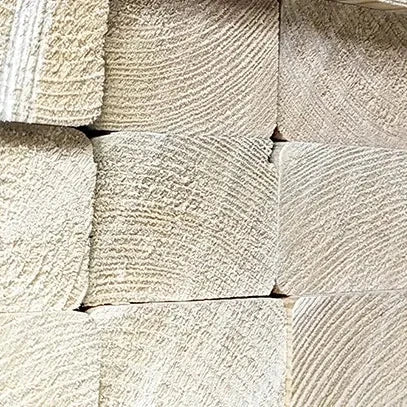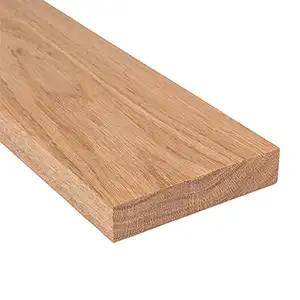Why Choose Our CLS Timber Collection?
Our carefully selected CLS (Canadian Lumber Standard) timber delivers the consistent quality and dimensional accuracy that both trade professionals and discerning DIY enthusiasts demand. Sourced from leading UK suppliers including James Jones & Sons and Norbord, every piece meets rigorous C24 grading standards, ensuring you receive timber that's been precision-machined to exact specifications.
What sets our CLS timber apart:
- Kiln-dried to 18% moisture content – preventing warping, shrinkage, and structural movement
- Eased edges and rounded corners – reducing splinters whilst maintaining structural integrity
- Consistent dimensions – eliminating the variations found in traditional sawn timber
- Pressure-treated options available – providing enhanced durability for external applications
Complete Range for Every Application
Whether you're constructing internal stud walls, floor joists, or roof trusses, our comprehensive CLS timber range covers all standard construction requirements. From 38mm x 63mm studwork through to substantial 63mm x 225mm structural members, we stock the dimensions you need for professional results.
Our most popular sizes include:
- 38mm x 89mm – ideal for internal partition walls and light structural work
- 38mm x 140mm – perfect for standard floor joists and roof rafters
- 47mm x 200mm – excellent for heavy-duty structural applications
Each dimension is available in multiple lengths from 2.4m up to 4.8m, ensuring you can minimise waste whilst achieving the spans your project requires.
Expert Guidance When You Need It Most
Selecting the correct timber specification can be complex, particularly when building regulations and structural requirements come into play. That's where our expertise makes the difference. Our experienced team understands the nuances of C24 grading, span tables, and load-bearing requirements – knowledge we're always happy to share.
We regularly assist customers in determining appropriate joist spacing for floor applications, calculating beam sizes for load-bearing walls, and specifying treatment levels for various exposure conditions. This technical support ensures your project not only meets current building standards but delivers the long-term performance you expect.
Quality You Can Build Upon
Every piece of CLS timber in our collection undergoes rigorous quality checks before leaving our Nottingham warehouse. This attention to detail reflects our commitment to providing materials that trade professionals trust and recommend. When you choose DIY Building Supplies, you're not just purchasing timber – you're investing in the reliability and expertise that comes from years of supporting successful projects across the UK.
From our warehouse in Stapleford to building sites nationwide, we ensure your CLS timber arrives in perfect condition, ready for immediate use. Our robust packaging and careful handling procedures protect your investment from despatch through to delivery.
Ready to start your project? Our CLS timber collection combines the precision of modern manufacturing with the natural strength that has made timber Britain's preferred structural material. Whether you're a seasoned tradesperson or tackling your first major DIY project, we're here to ensure you have exactly what you need for professional results.

